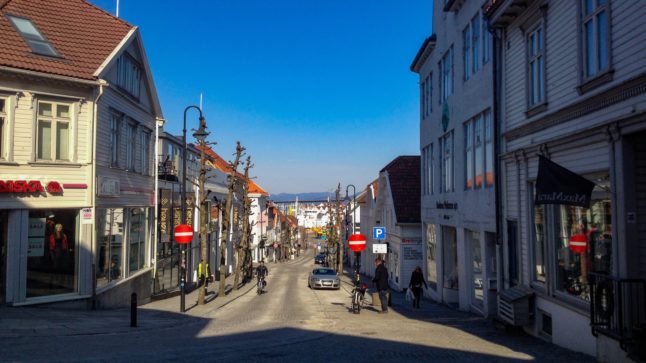Up to 200 million kroner has been put aside by Stavanger Municipality to make public transport in the city, in southwest Norway, completely free for its residents.
The system came into force at 7am on July 3rd.
Stavanger Municipality has introduced the scheme to try and ensure that 70 percent of all journeys in the area take place on foot, by bicycle or on public transport.
Who can take advantage of the scheme?
The scheme is for residents of Stavanger Municipality only. While the offer covers transport to other municipalities, neighbouring municipalities to Stavanger did not wish to partake in the scheme. For those required to pay still, a single ticket in Stavanger costs 46 kroner, and a monthly ticket sets travellers back 630 kroner.
Those with an official residential address in Stavanger can register with the municipality to be eligible to use and collect free tickets. The municipality will be using information from the National Population Register. Therefore, your address in the population register will also need to be correct and up to date.
Unfortunately, this means tourists will not benefit from the scheme. Those travelling with bicycles, regardless of whether they get a free ticket for themselves, will need to buy a separate ticket for their bike using the Kolumbus ticket app.
How will it work?
Despite public transport being free, users will still need a valid ticket. This is done so the travel company responsible for the region, Kolombus, knows how much to charge Stavanger Municipality in lost ticket revenues.
Those who qualify for free tickets can travel across the Nord-Jæren travel zone. This covers Stavanger, Sola, Randaberg and most of Sandnes. Forsand is not part of this zone. Kolumbus has an overview of its travel zones online.
Tickets are available via the municipality’s website. The municipality offers free monthly tickets, youth tickets, week passes, and day passes for up to 2 adults and three children.
To sign up for the scheme, users must log in once with a MinID/BankID electronic ID. After users have registered and the scheme is live, they will only be required to enter their phone number to log into the free ticketing solution.
Users will then receive a link via text and will need the Kolumbus Billett app to access the ticket. Those without a smartphone can opt to use a Kolumbus travel card, which costs 50 kroner to buy.
Travellers who cannot show a valid ticket to inspectors, free or paid for, can expect to face a fine for failing to produce a ticket.
A number of places will be showing residents with or without smartphones how to register for tickets. These are, Kolumbus’ customer centre at Byterminalen (until July 14th), Sølvberget July 3rd – July 7th, 11:00am – 2:00pm, Innbyggerservice in Olav Kyrres gate 23, Monday–Friday 08:30am–3:00pm and Innbyggertorget in Vikevåg, Monday–Friday 08.30am–3:00pm.
How long will the scheme last?
Stavanger Municipality hasn’t set an end date for the scheme. Instead, it will run the scheme until the money it has set aside to pay for it has been spent.
Currently, the local authority estimates that there is enough money in the pot for the scheme to last between eight and 12 months. Stavanger Municipality advises that the scheme will last longer if people only buy the tickets they need.



 Please whitelist us to continue reading.
Please whitelist us to continue reading.
Member comments